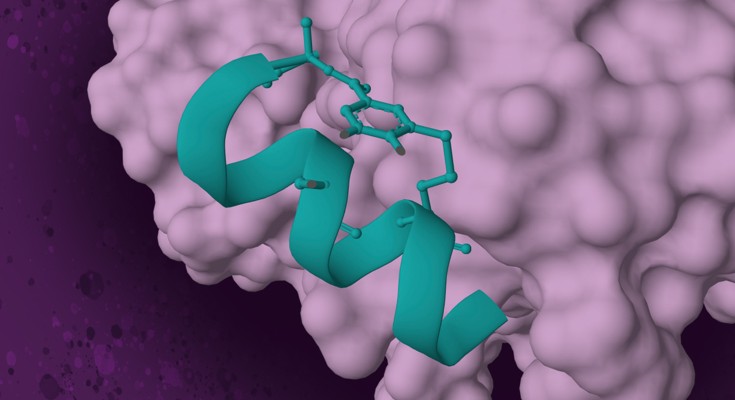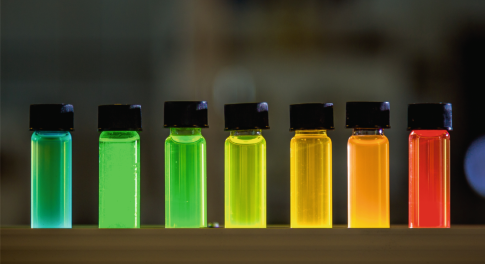
Constraining conformation
Peptide stapling improves stability and enhances binding. Non-symmetric stapling greatly expands the applicability of the approach, but introduces challenges of chemoselectivity and site-selectivity.

Peptide stapling improves stability and enhances binding. Non-symmetric stapling greatly expands the applicability of the approach, but introduces challenges of chemoselectivity and site-selectivity.

In 1993, a new route for the synthesis of semiconductor nanocrystals was reported that exploited organometallic chemistry to afford nearly monodisperse particles. 30 years later the award of the 2023 Nobel Prize in Chemistry can be directly traced to this single publication.
